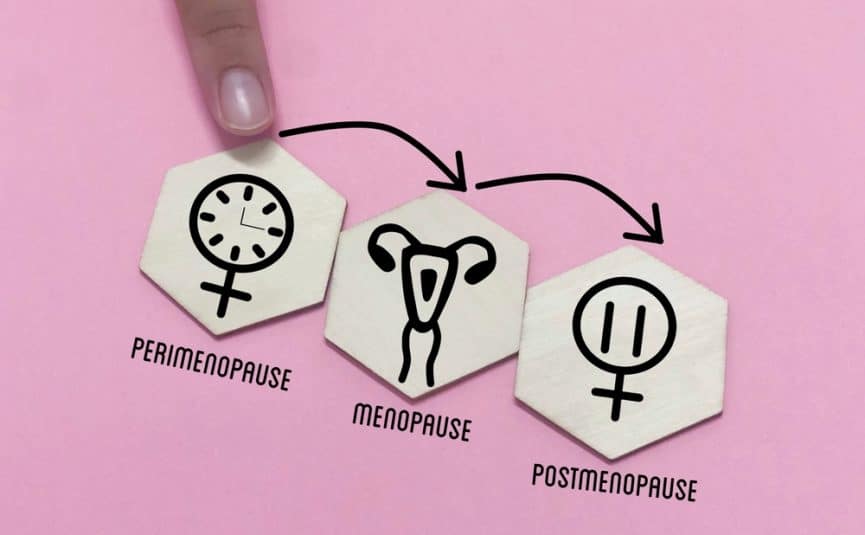East Melbourne VIC 3002

Premenstrual dysphoria disorder (PMDD) is a severe form of premenstrual syndrome and is characterised by a number of disabling physical and psychological symptoms that occur primarily in the second half of a woman’s menstrual cycle. The cyclical nature of these symptoms is a crucial aspect to the understanding and management of premenstrual dysphoria.
Although the American Psychiatric Association bases the diagnosis of premenstrual dysphoria on the presence of five or more symptoms, it has always seemed to me that one debilitating symptom should be enough for a diagnosis and appropriate management. For example, if you have debilitating depression and anxiety with suicidal thoughts, that should be enough for a diagnosis. The crucial aspect of a diagnosis of PMDD is the impact it is having on your quality of life, not the number of symptoms that you may or may not have.
What Are Symptoms of PMDD?
Typical symptoms of premenstrual dysphoria disorder include cyclical depression, anxiety, suicidal thoughts, brain fog or difficulty concentrating, anger and sometimes rage, avoidance behaviour where you prefer to be alone during this period, a feeling of disassociation which means that you feel that you are a second person looking in at yourself and not recognising yourself as such.
I tell all of my patients with premenstrual dysphoria disorder that it is a debilitating and under treated and under recognised disorder. Any condition where you are debilitated for up to half of your life, needs to be addressed seriously and comprehensively.
Treatment of PMDD
The best approach to treating premenstrual dysphoria disorder is without a doubt a team approach. Your psychiatrist, your psychologist, your family and friends, your physiotherapist who may be giving you relaxation therapy and your gynaecologist should all be working together to try and alleviate this disorder.
Another aspect that needs to be considered is that a 40% or 50% improvement just is not good enough with this disorder. To go from being extremely depressed to just badly depressed is not a win and we always aim for a 90-100% improvement. It is important for all our patients to understand this may take some time and it may take a number of variations in treatment to achieve our aim.
Fundamentally, there are two aspects to treatment. Hormonal manipulation which may involve suppressing your menstrual cycle via a number of routes and secondly psychiatric medication including specific antidepressant, anti-anxiety medication or mood stabilisers.
It is important to realise that we only use medication that has been proven in clinical trials to manage and help premenstrual dysphoria disorder. It is important that all treatment has been proven to work in a significant percentage of patients and is undoubtedly better than a placebo.
The other important aspect of treatment of premenstrual dysphoria disorder is ongoing communication and contact. It is impossible to know whether a medication is working or whether you are improving unless we speak frequently and that allows us to fine tune your treatment and make the appropriate variations to achieve a better outcome. This may just involve talking on the phone or speaking via email but communication and contact is especially crucial with this potentially debilitating disorder.










